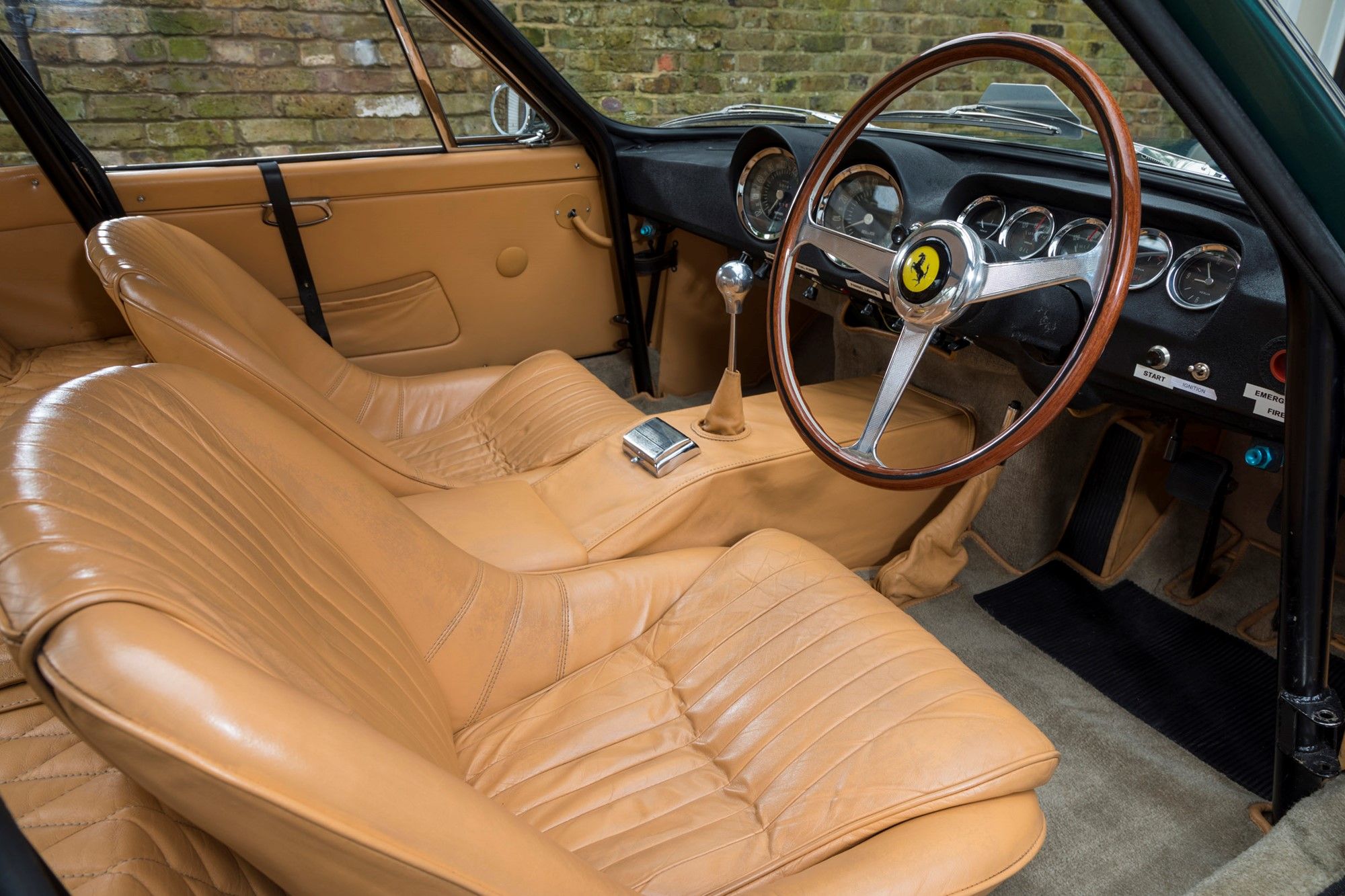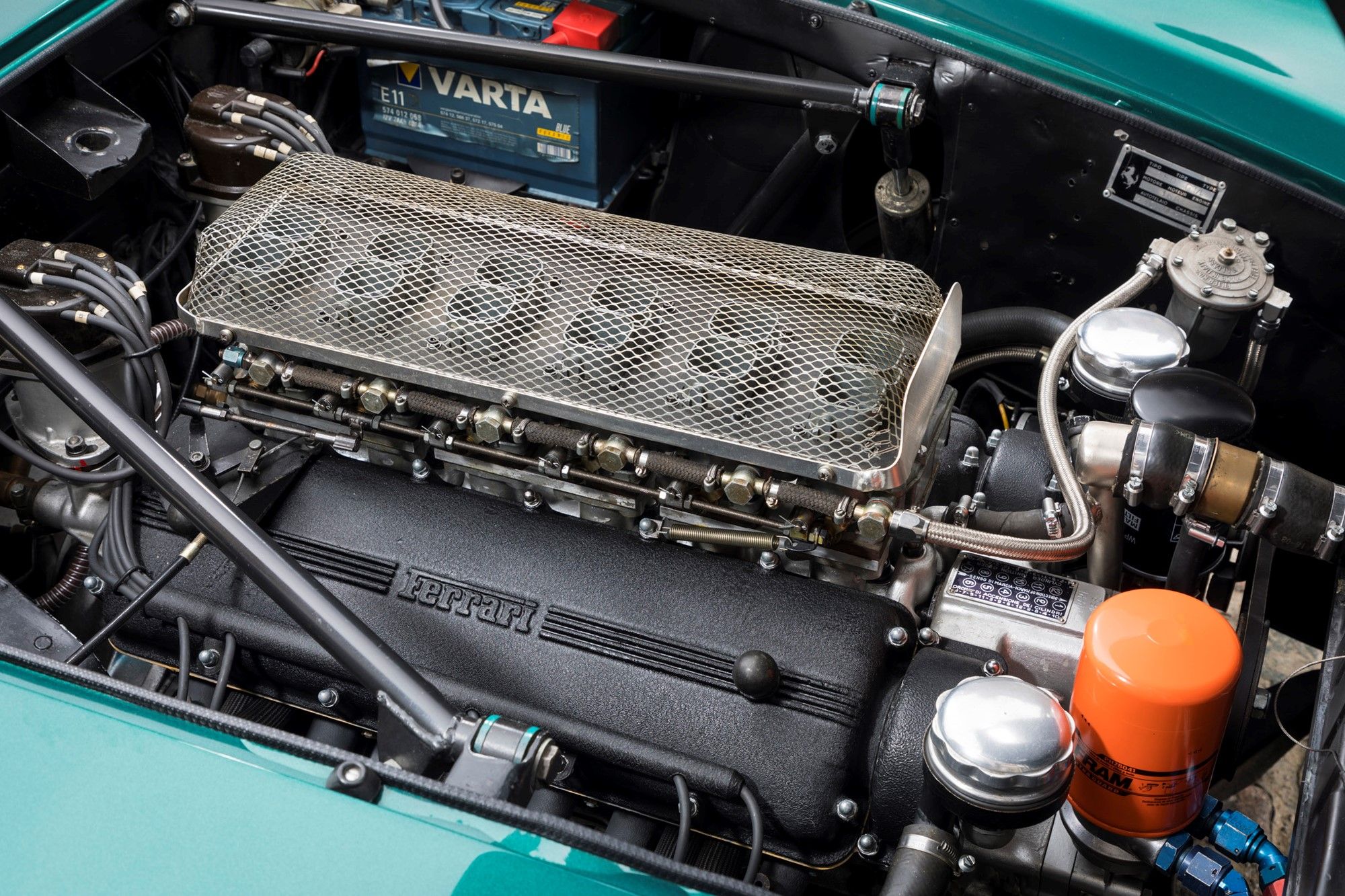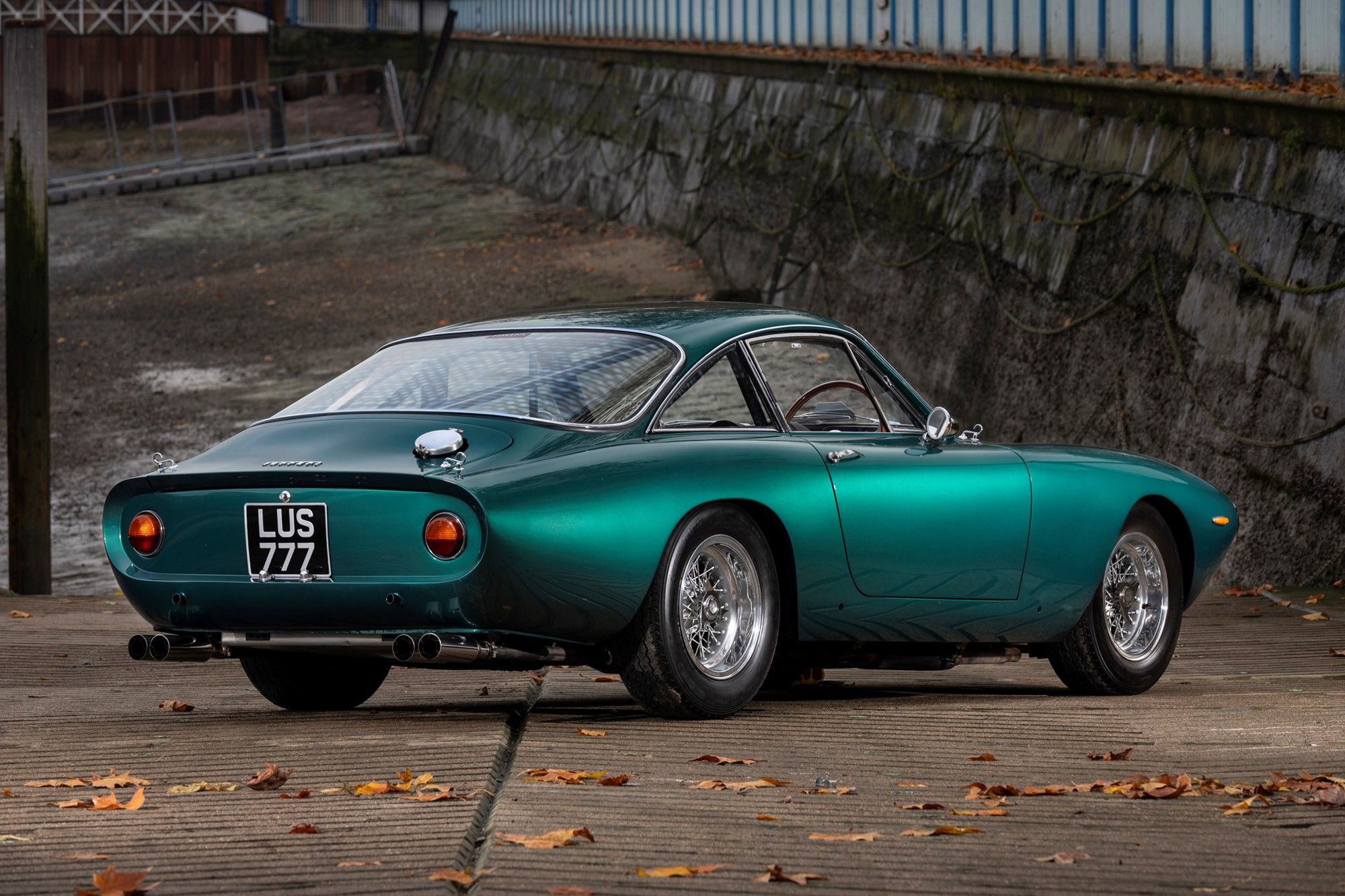In 1962, Ferrari was on fire. The previous year, they'd achieved their first Formula One manufacturers' title, with factory driver Phil Hill taking his first and only championship. To add further kerosene to this bonfire of success, Ferrari had also won the coveted 24 Hours Of Le Mans that same year, again with Phil Hill at the controls, and accompanied by Olivier Gendebien. The next year, Ferrari would repeat both triumphs, and many more.
For 1962, a new model would be introduced to reflect this penchant for conquest - the 250 GT Lusso. This would be the very last of Ferrari's famed 250 series, hearkening back ten years prior, to the 1952 Ferrari 250 S. Despite Ferrari's achievements throughout several facets of motorsport during this time, the Lusso (Italian for luxury) had been built for a different narrative.
Speed and style was the aim for this Italian grand tourer, designed for high-speed blasts down the Autostrada with the presence of a swinging-60's, mescaline-addled Mako shark that seems both intimidating and elegant.
The Ferrari 250 GT Lusso Was The Last Of A Legendary Breed
The Lusso was the very last iteration of Ferrari's mythical 250 series, a platform that the company had proudly touted for a full decade prior to this car's launch. Despite Ferrari's intense racing prowess of the early 1960s, the 250 Lusso had been created almost exclusively for street usage. This hubris goes against Enzo Ferrari's original standpoint on road cars, as initially, Il Commendatore had no intentions of producing anything other than racing vehicles.
It wasn't until the bombings of two of his factories, both in Modena and again in Maranello, that Enzo simply had no choice but to begin producing road-legal cars to garner more revenue. Ferrari had made this decision begrudgingly, as he'd felt this option would take time and resources away from his coveted motorsport creations.
Even so, Ferrari had fully embraced the concept of building street-oriented models by the time that the 250 Lusso had debuted at the 1962 Paris Motor Show. Pininfarina had styled the sleek, slippery design while Carrozzeria Scaglietti had constructed the Lusso's distinct bodywork. With high front fenders, low-mounted headlights, and a sea of curves throughout the entire bodywork, there doesn't seem to be a single straight line on the Lusso.
Its rounded, sculptured bodywork flows from its shark-style nose and unique, three-piece bumper, all the way to the Kamm tail at the rear. Even 70 years later, this design's overall class remains perpetual, and a testament to the attention that Ferrari was willing to invest within their road cars of this era.
The Ferrari 250 GT Lusso Had Vanity And Velocity
For any Ferrari, especially one built under the supervision of Enzo himself, power wasn't something to be taken lightly. As expected, that power came in the form of Ferrari's rugged, 3.0-liter Colombo V12. Variants of this engine had been used by the company for decades, from the 125 in 1947, all the way up to the 412 of the late 1980s. Fed by a trio of Weber 36 DCS carburetors, the Lusso's V12 had been tuned to approximately 247 hp at a howling 7,500 RPM, with torque rated for 215 ft.lbs at 5,500 RPM. Both 4-speed and 5-speed transmission had been offered throughout the car's 18-month production run, lasting from 1962 until 1964.
Although the majority of its bodywork was crafted from steel, lightweight aluminum had been used for the doors, hood, and rear deck lid. Hydraulic disc brakes had been mounted for each wheel, further modernizing the Lusso for high-speed grand touring. Independent, double-wishbone suspension helped keep the front end in check, while the rear had been left to the mercy of a live axle, which was typical for the time.
On the road, the Lusso was good for 150mph. Interestingly, the Lusso also shared the same wheelbase as the 250 GT0, which remains one of the most exclusive motorsport icons of all time. In fact, due to the GTO's rarity, many racers had opted for the 250 GT Lusso as an alternative during the 1960s. Despite this, handling had suffered in contrast to the thoroughbred GTO, as the Lusso's engine had been mounted further to better accommodate passenger space and comfort.
Why The Ferrari 250 GT Lusso Remains An Icon
One of the best ways to understand why the Ferrari 250 GT Lusso has endured its reputation is to look at the car's interior. As mentioned, Lusso is Italian for luxury. Regardless, one look at the car's interior reveals its contents to be surprisingly spartan. There's no radio, no air conditioning, no backseat, and the buttons and dials have absolutely no form of labeling whatsoever.
Instead, an obligatory ashtray had been mounted right at the gearshift, right where it should be for optimum nicotine usage on the Autostrada. The speedometer is positioned far to the right, out of the driver's focal point. This was clearly an afterthought, as Ferrari's racing influence had seemingly seeped into every model they'd produced back then.
The Lusso's true sense of luxury came from its style and purpose, it simply didn't necessitate the flippant accessories of other luxury-oriented vehicles of its time. This is precisely why the Ferrari 250 GT Lusso remains an absolute icon, a relic from a time when people were willing to dish out serious amounts of cash for a car that lacked basic creature comforts, and likely didn't think twice about doing so. Even today, a Lusso in good condition can command a king's ransom, well into the seven-figure range.

.JPG)



